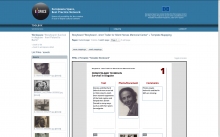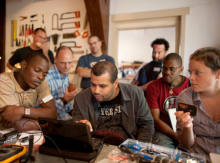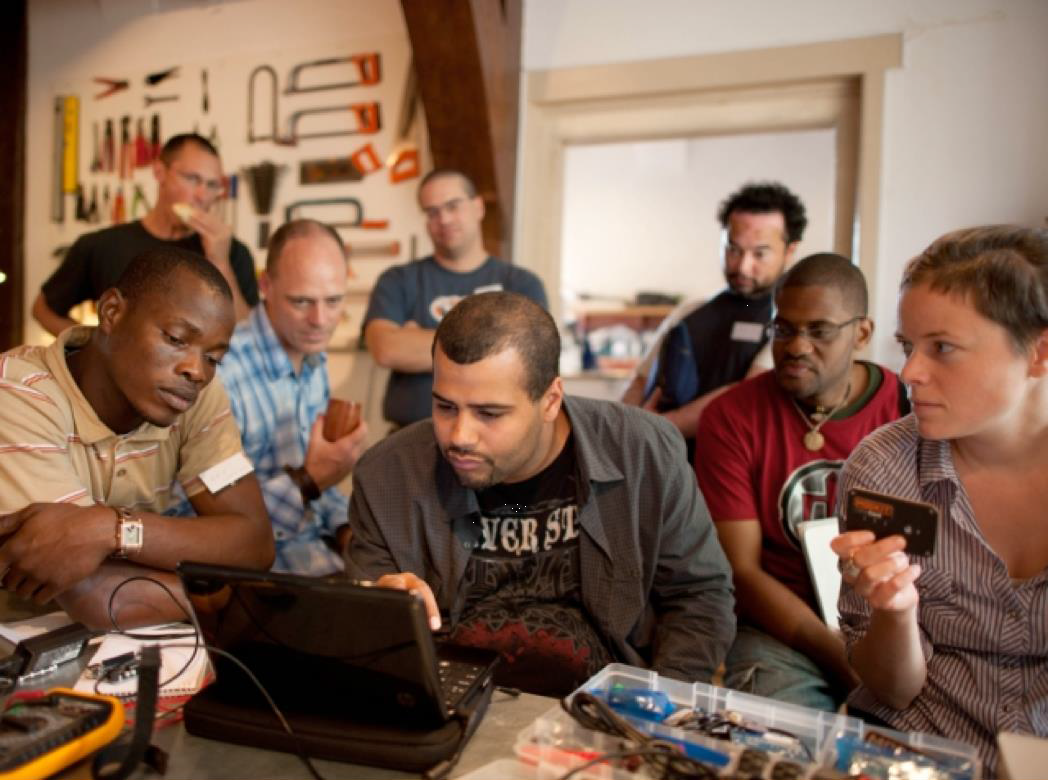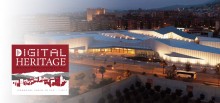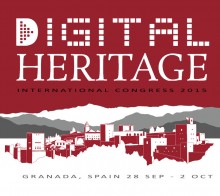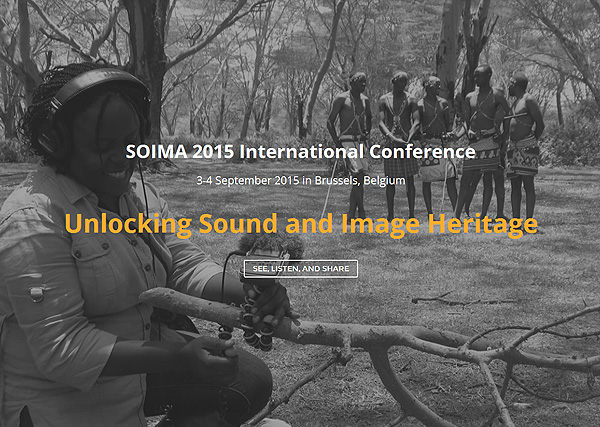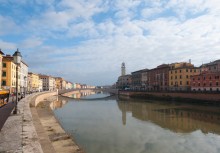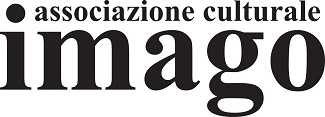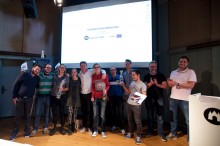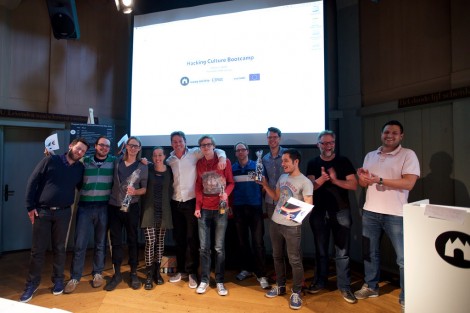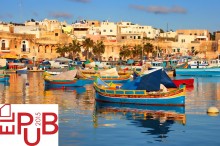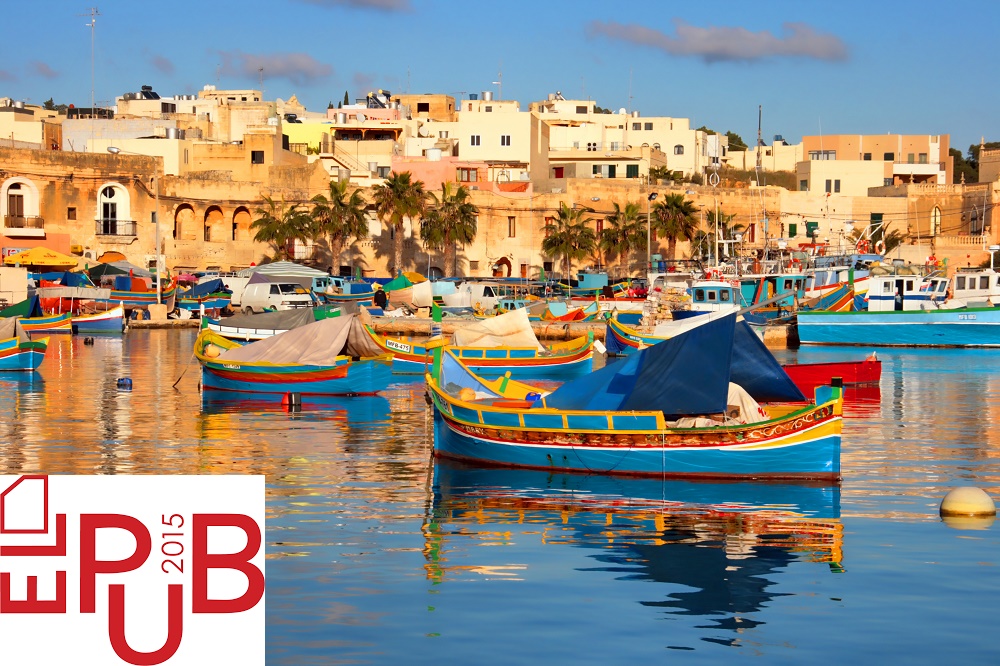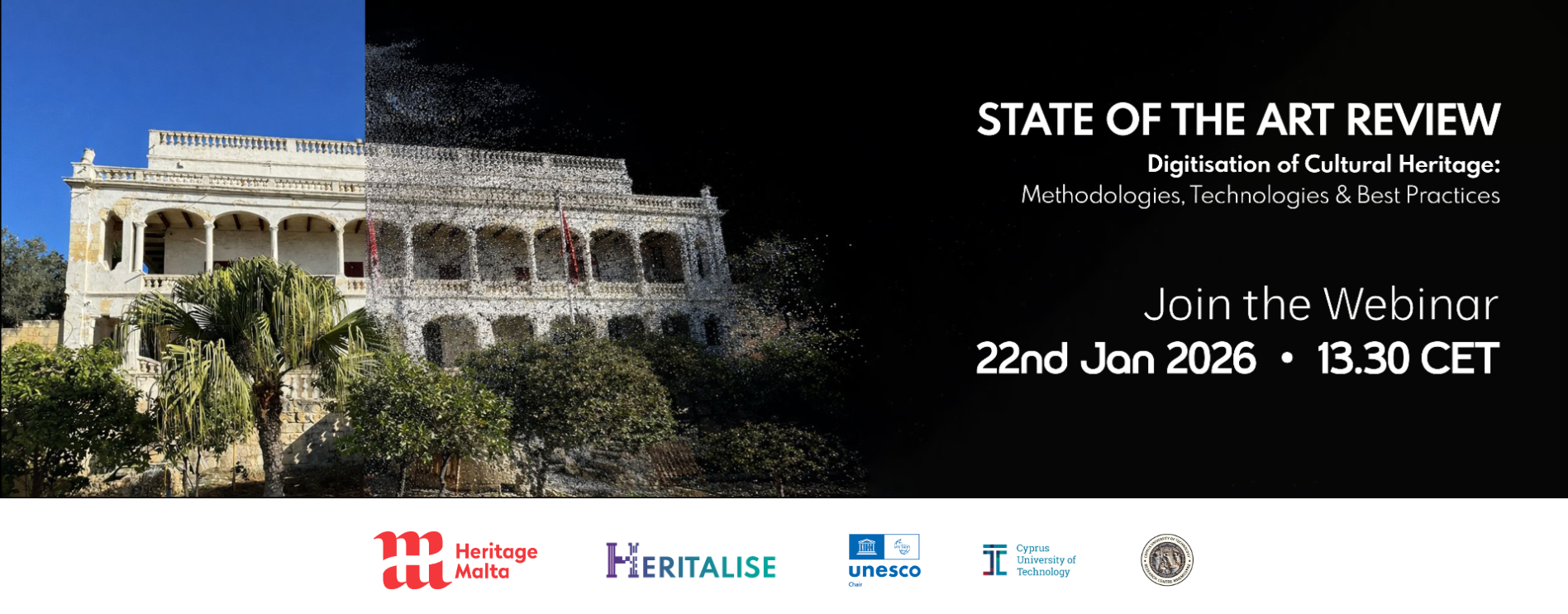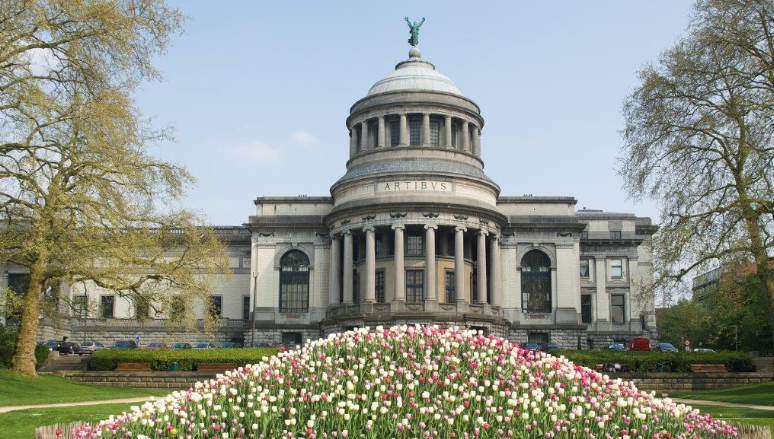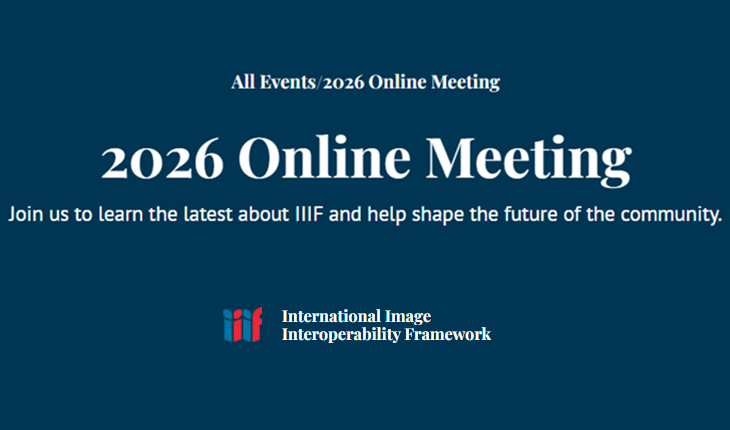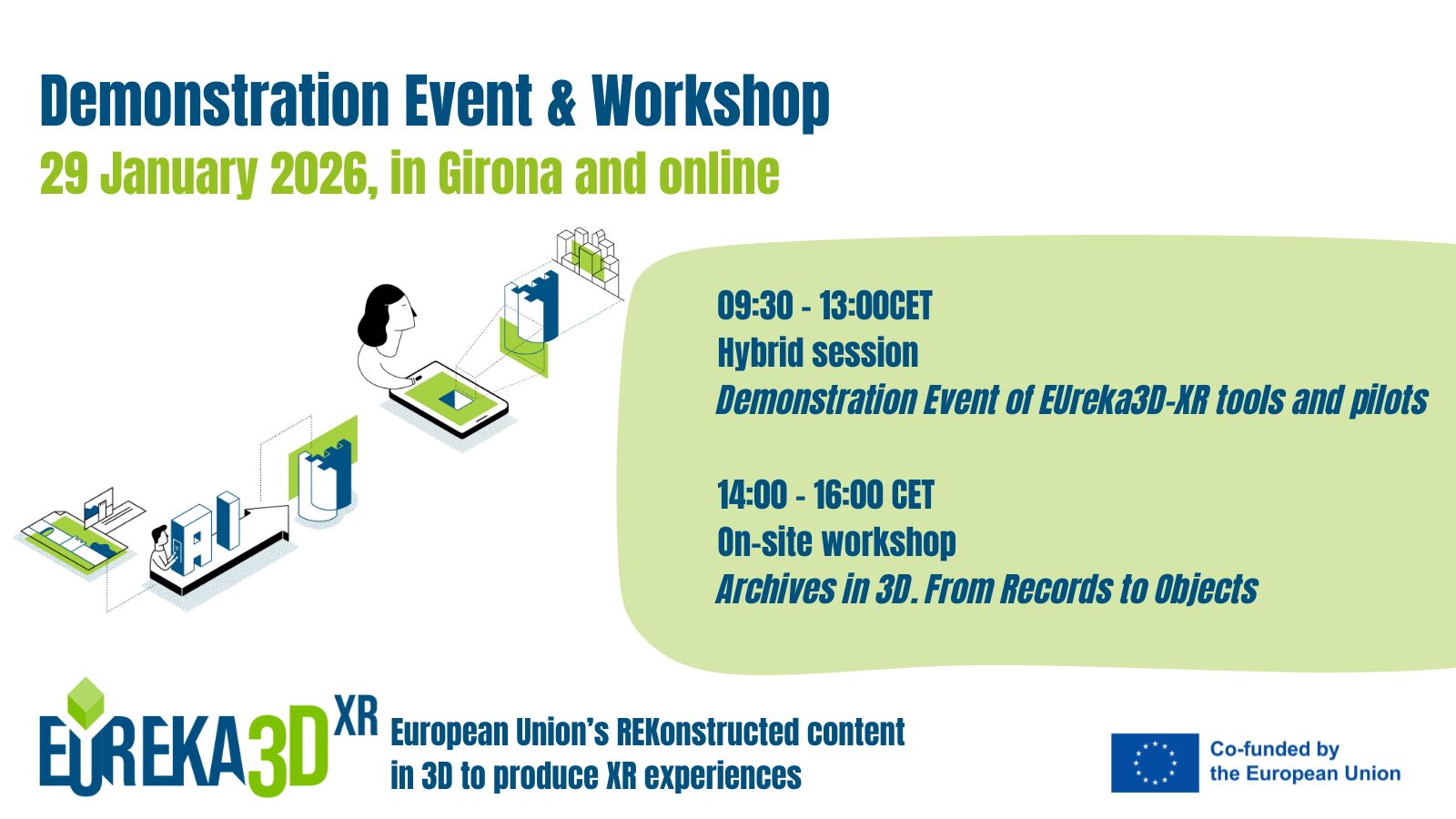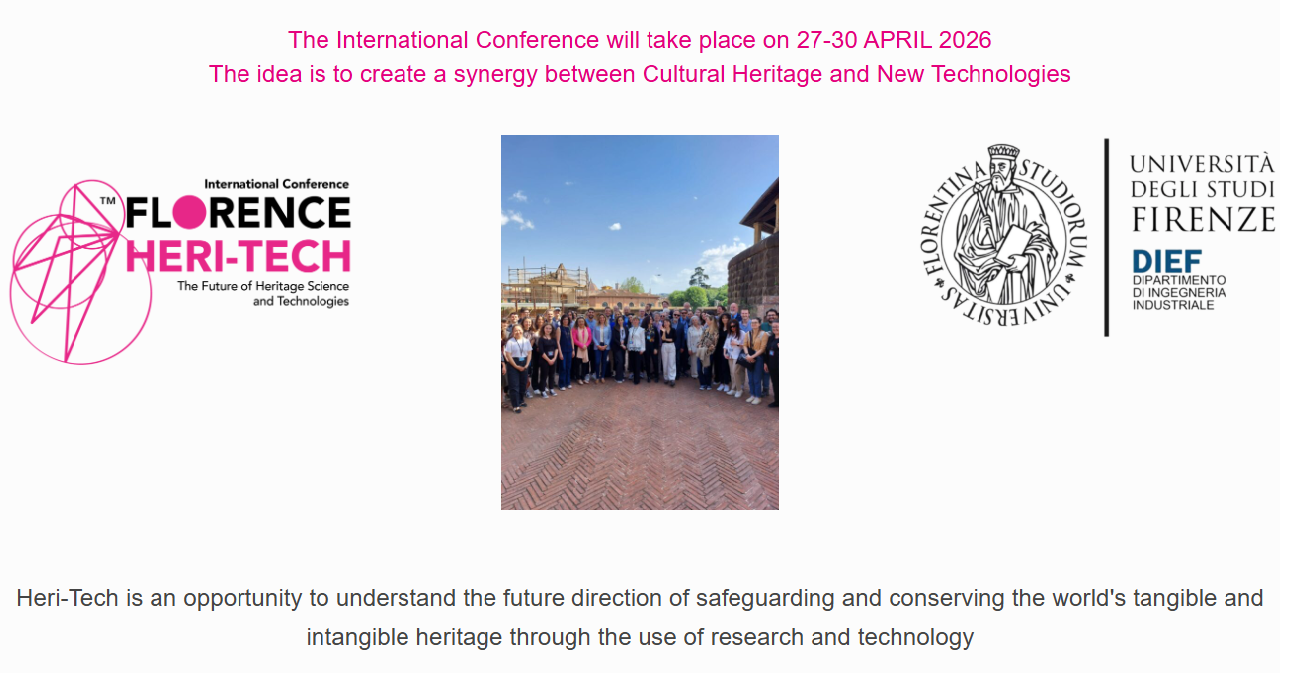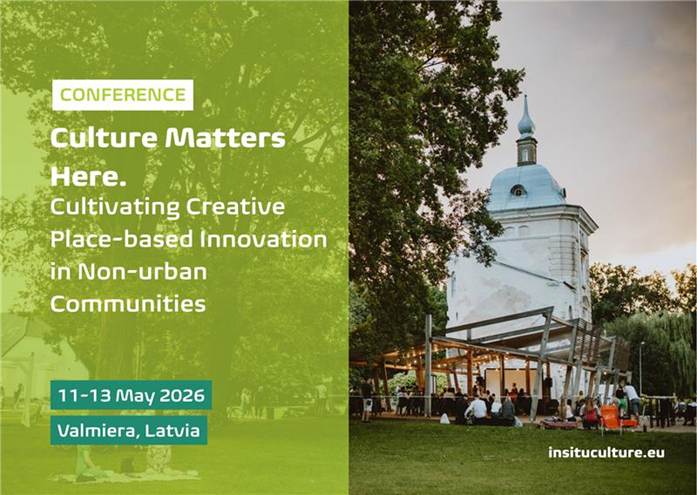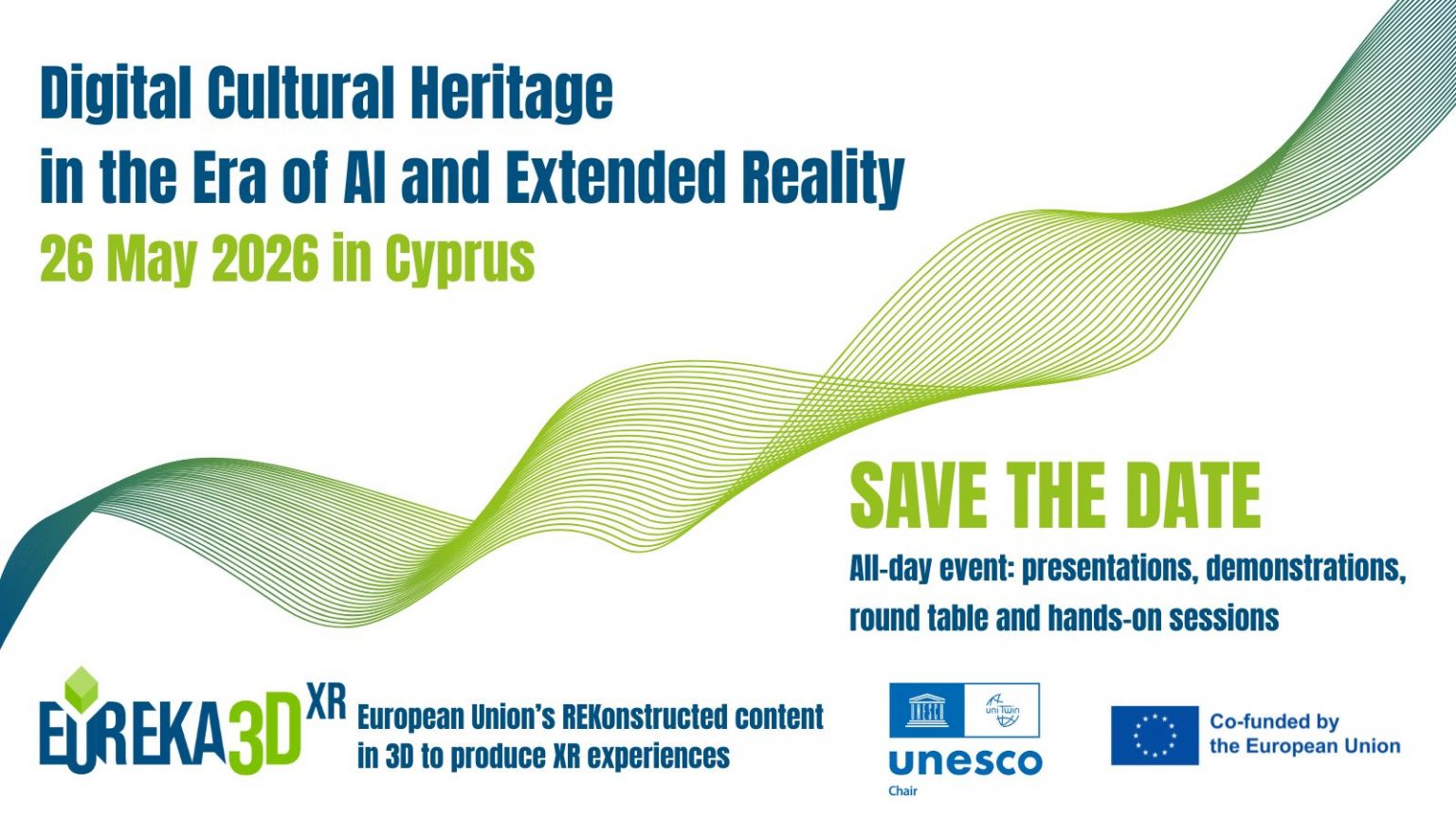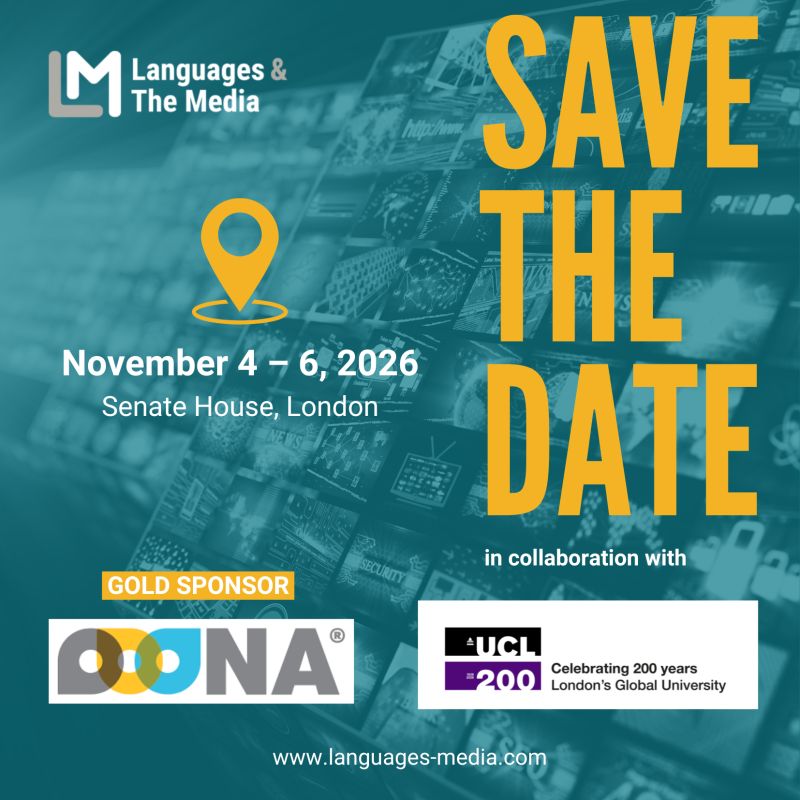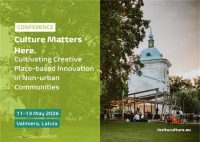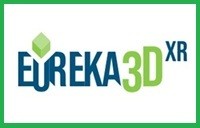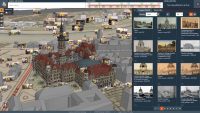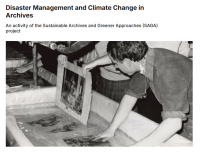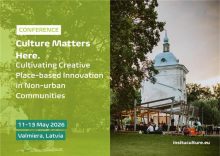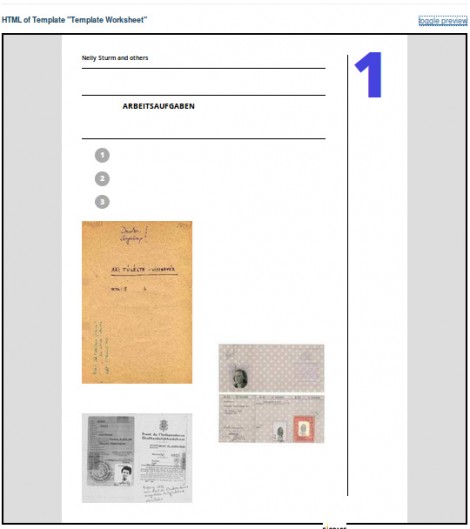 The Toolbox of Europeana Space Museums Pilot is a web-based application designed for museum curators, that will allow them to create always brand new educational videos and promotional worksheets melting the museums/memorials contents with the cultural heritage available in Europeana, the European digital library.
The Toolbox of Europeana Space Museums Pilot is a web-based application designed for museum curators, that will allow them to create always brand new educational videos and promotional worksheets melting the museums/memorials contents with the cultural heritage available in Europeana, the European digital library.
The first prototype was released and tested in the past months. Since the end of July 2015 the users of the museums subpilot Toolbox can search in Europeana for items and use them within the Toolbox. By using the Europena API the Toolbox offers now the possibility to search and link Europeana items directly to the Toolbox.
This milestone marks prototype II of Toolbox development and enriches the service and the uses enormously: not only local data, but data from Europenana can be used now in the same database, to create educational and promotional materials.
Important institutions in Germany already joined the Pilot and will participate to the testing of the prototype and the hackathon of the Museums Pilot is planned to take place in Spring 2016 in Venice (Italy).
Special thanks to the developer team at Museumsmedien.
More About the TOOLBOX:
The Toolbox gives small and mid-sized memorials/museums the possibility to collect and arrange items for creating digital media for educational work. In this way memorials/museums will get more influence on the creation process and cost can be reduced in the production process. By using the Toolbox, memorials/museums can produce worksheets and storyboards (as a base frame for a video production) with data of the museums local data bases or from Europeana.
Content provider for the Toolbox
Content provider for the Toolbox is one of biggest institution in Germany dealing with the German resistance against the Hitler Dictatorship: the German Resistance Memorial Centre in Berlin.
Technical background of the Toolbox
The Toolbox uses open source web-technology, based on a Linux/Apache Webserver with a Typo3 CMS 6.29 installation. In detail there will be used PHP, MySQL-Database, JQuery and other Java Script Frameworks. All software used within the Toolbox will be open source.
Are you interested in the Toolbox, the possibilities and services for your museum, memorial or institution: don’t hesitate to contact Beatrix Lehmann, lehmann @ museumsmedien.de


